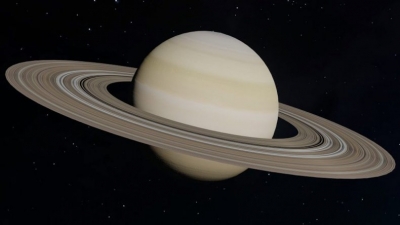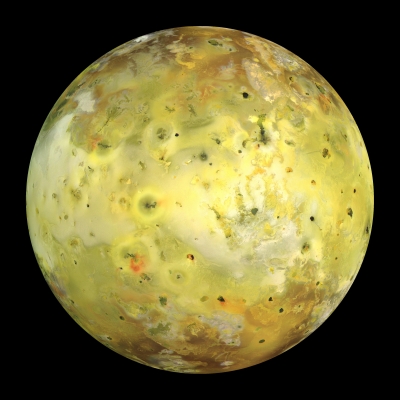
Now known to host at least 83 moons, researchers propose that Saturn at one point must have had at least one more satellite, which they call Chrysalis
While all four gas giants – Jupiter, Saturn, Uranus, and Neptune – have rings, Saturn is the most popular ringed-planet. Swirling around Saturn’s equator, these rings indicate clearly that the planet is spinning at a tilt relative to the plane in which it orbits the sun.
For a long time, astronomers have suspected that this tilt is the result of Saturn’s interactions with neighbouring Neptune. A new modelling study by astronomers at Massachusetts Institute of Technology (MIT). however, suggests that while the two planets may have been in sync before, Saturn has since escaped Neptune’s pull.
Call it Chrysalis
In a study appearing in Science in September, the MIT team
posits that a missing moon might be responsible for this planetary realignment. Now known to host at least 83 moons, Saturn at one point must have had at least one more satellite that the researchers call Chrysalis.
The team estimates that after orbiting Saturn for several billion years, Chrysalis became unstable about 160 million years ago, coming too close to Saturn in the process. As the proposed satellite was long dormant before suddenly becoming active – just like a butterfly’s chrysalis – the researchers gave it the name Chrysalis.
The resulting encounter pulled the satellite apart and the loss of the moon was enough for Saturn to escape
Neptune’s grasp and leave it with its current tilt. Additionally, the researchers suggest that while most of Chrysalis’ shattered body may have impacted Saturn, a fraction of its fragments could have remained suspended in orbit. These could then have broken into small icy chunks to form the planet’s standout rings.
Explains two mysteries
The missing moon hypothesis, the researchers believe, could thus explain two mysteries pertaining to Saturn’s system. While one of these is Saturn’s present-day tilt, the other one is the age of its rings.
The rings are estimated to be about 100 million years old. very much younger than the planet itself. If the rings were indeed formed from fragments of Chrysalis, then the story fits perfectly.
Cassini’s inputs
The team of researchers arrived at this hypothesis by modelling the interior of Saturn. They identified a distribution of mass that matched the gravitational field that was observed by the Cassini spacecraft in its final phases. What they found indicated that Saturn is no longer in sync with Neptune, paving the way for researching various hypotheses, before arriving at their final result. The lead author of the study says that it is “a pretty good story, but like any other result, it will have to be examined by others”.
Picture Credit : Google





